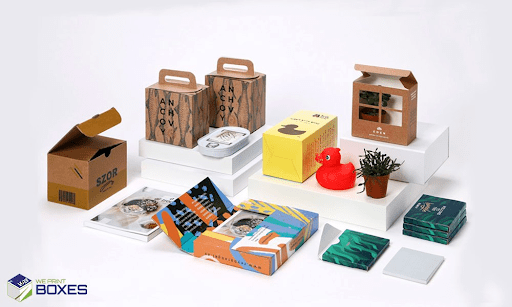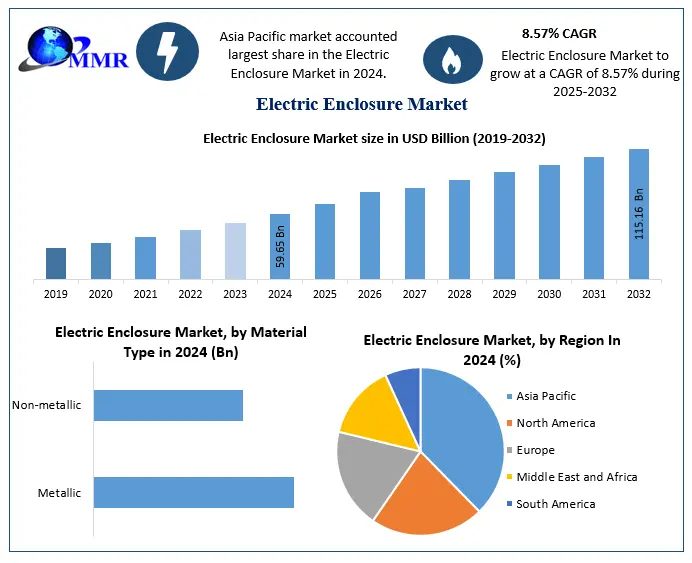Packaging is an integral part of any product’s lifecycle. It is not just about enclosing an item; it serves multiple purposes, including branding, protection, and customer convenience. Whether you are a manufacturer, retailer, or consumer, understanding the significance of packaging can help in making informed decisions.
What is Packaging?
Packaging refers to the materials and design used to enclose and protect a product for storage, distribution, and sale. It can be made of various materials such as cardboard, plastic, glass, and biodegradable substances. Good packaging ensures that the product remains safe, fresh, and appealing to customers.
Why is Packaging Important?
-
Product Protection – Packaging protects products from physical damage, contamination, and environmental factors like moisture, dust, and sunlight. It is especially crucial for perishable goods such as food and medicine.
-
Branding and Consumer Engagement – Packaging is the first thing a customer notices. A well-designed package helps a brand stand out, making the product more recognizable and appealing.
-
Ease of Transportation and Storage – Packaging ensures that products are easy to handle, store, and transport efficiently. It prevents breakage and spoilage, reducing financial losses.
-
Sustainability and Environmental Impact – Modern packaging solutions focus on using recyclable and biodegradable materials to minimize environmental damage.
-
Compliance with Regulations – Industries such as pharmaceuticals and food must adhere to strict packaging regulations to ensure consumer safety and meet legal requirements.
-
Cost Reduction – Effective packaging helps businesses cut costs by reducing waste, improving logistics, and optimizing storage.
-
Consumer Convenience – Features like resealable packaging, lightweight materials, and ergonomic designs enhance user experience.
Different Types of Packaging
-
Primary Packaging – This is the first layer of packaging that comes in direct contact with the product, such as a water bottle or chocolate wrapper.
-
Secondary Packaging – This groups multiple units together, such as a box containing individual product packs.
-
Tertiary Packaging – Used for bulk transportation, including crates, large boxes, or shrink-wrapped pallets.
-
Luxury Packaging – High-end brands use premium materials like embossed paper, rigid boxes, cardboard boxes, custom PR boxes, and decorative elements to create an exclusive experience.
Innovations in Packaging
With technology advancing, packaging has become more than just a protective layer. Innovative solutions include:
-
Smart Packaging: Incorporating QR codes and NFC technology to provide interactive product information.
-
Biodegradable Packaging: Made from organic materials that decompose naturally, reducing environmental impact.
-
Minimalist Packaging: Using fewer materials to cut waste while maintaining product integrity.
-
Tamper-Proof Packaging: Ensuring security for sensitive products like pharmaceuticals.
-
Augmented Reality (AR) Packaging: Enabling customers to access additional product information through mobile apps.
Choosing the Right Packaging for Your Business
-
Analyze Product Needs – Consider if your product requires special protection, such as waterproof or shock-resistant materials.
-
Know Your Target Audience – Eco-conscious consumers prefer sustainable packaging, while luxury buyers appreciate premium materials.
-
Ensure Cost Efficiency – Balance between material quality, production costs, and transportation feasibility.
-
Test Durability and Design – Conduct packaging tests to ensure it withstands handling and remains visually appealing.
-
Focus on Sustainability – Use recyclable or compostable packaging to reduce environmental impact and attract eco-friendly consumers.
The Future of Packaging
As industries evolve, packaging trends continue to shift toward sustainability and smart solutions. Some key developments include:
-
Reusable Packaging: Brands are adopting refillable and returnable packaging to minimize waste.
-
Edible Packaging: Made from natural ingredients, eliminating waste altogether.
-
Artificial Intelligence (AI) in Packaging: AI-powered designs help in customizing packaging based on consumer data.
-
Advanced 3D Printing: Allowing businesses to create highly personalized and sustainable packaging.
Conclusion
Packaging is far more than just a means to wrap products—it is a vital part of branding, sustainability, and user experience. Businesses must invest in innovative and eco-friendly packaging solutions to stay competitive and appeal to modern consumers. As technology progresses, the future of packaging will be driven by smart, interactive, and environmentally responsible solutions, shaping the way products are presented and consumed.












